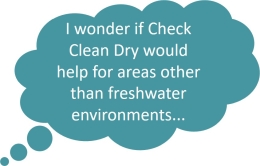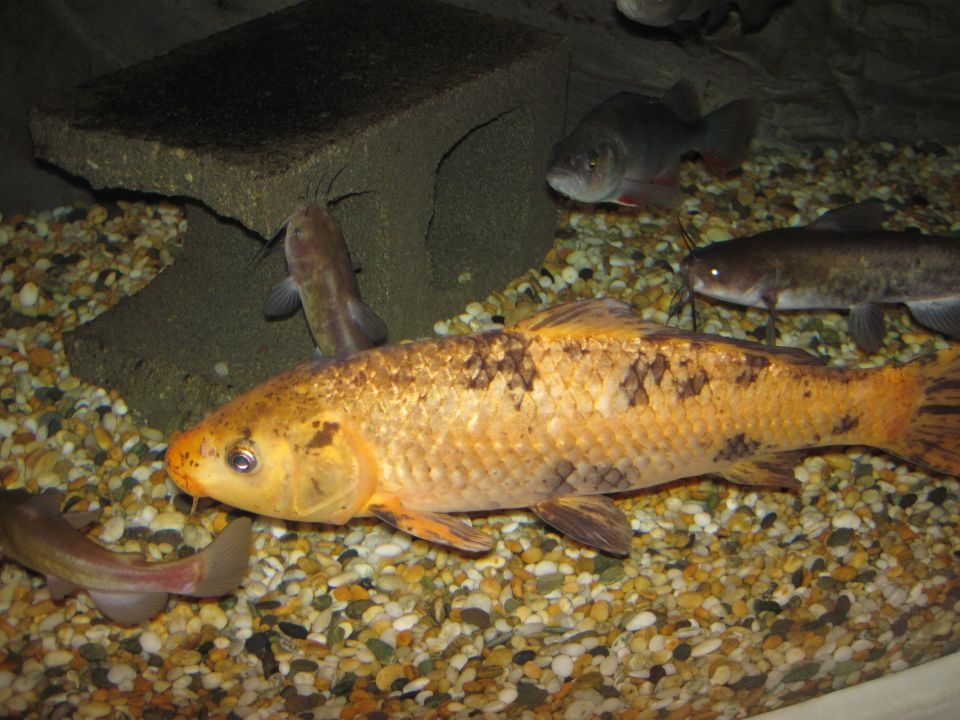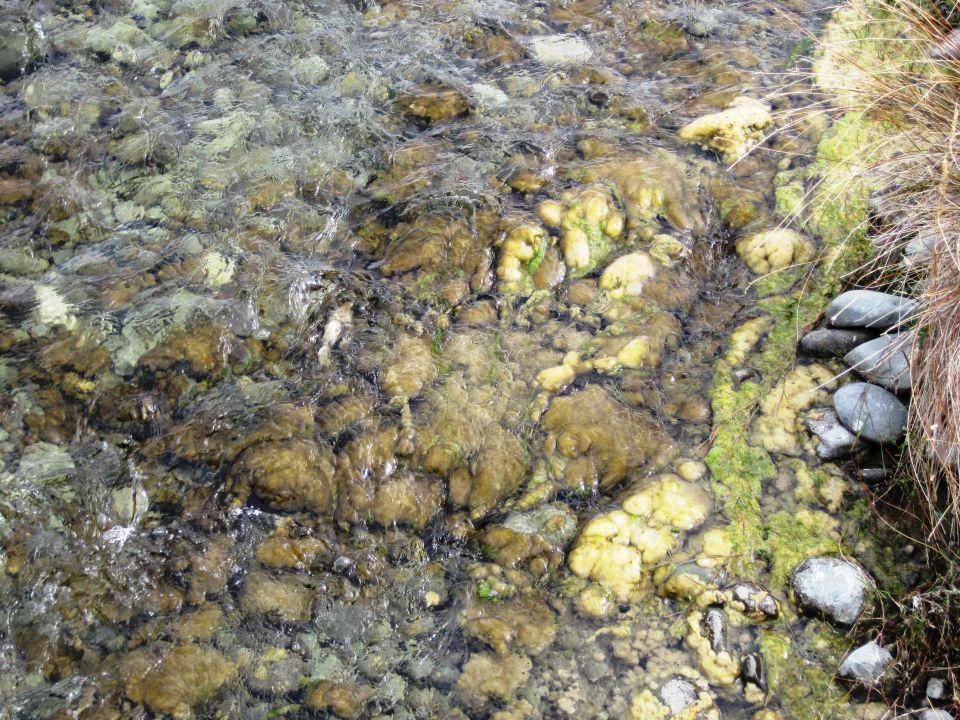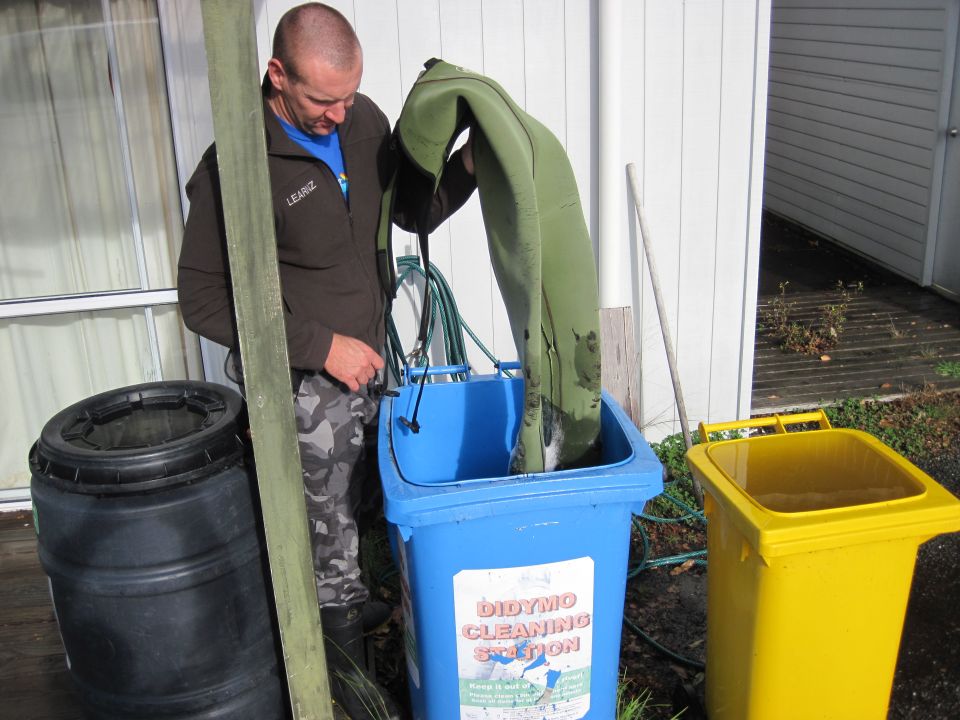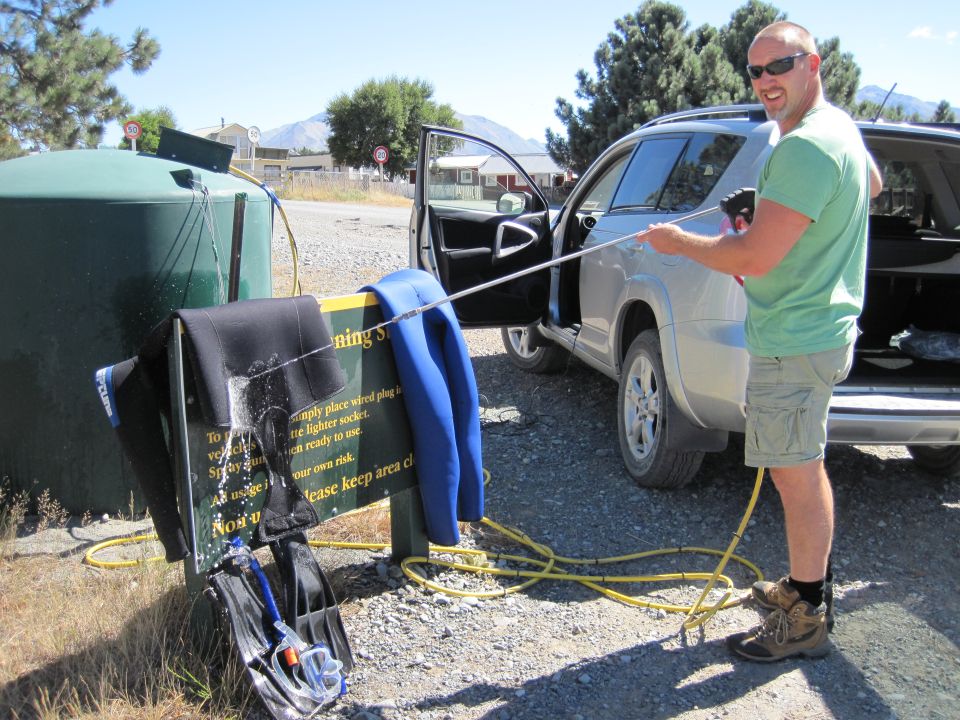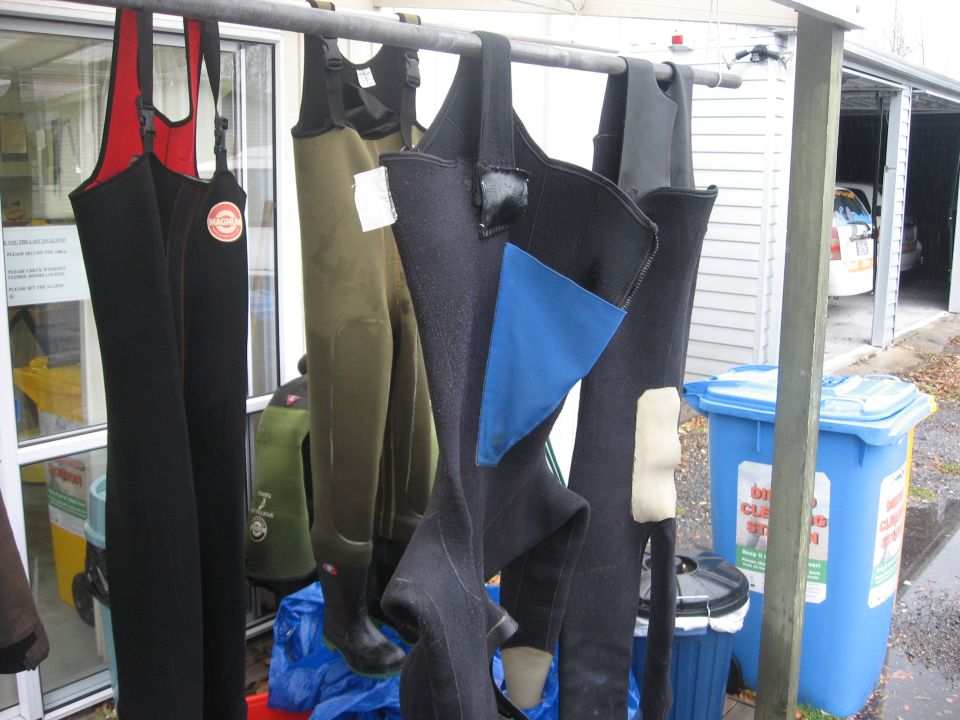Pest fish
The spread of introduced fish threatens New Zealand’s freshwater environments, native species and the whitebait, eel and trout fisheries. Some species such as Koi carp and catfish can degrade water quality. Species such as Gambusia impact on native fish either by preying on them directly or by altering their habitat.
Fish diseases may also be spread by the illegal transfer of pest fish. Some species can build up to large numbers quickly and take over native fish communities. Introducing fish (or other animals and plants) into new places can dramatically alter the ecosystem and spoil other people’s enjoyment of that environment.
You can help
- Don’t release any fish into freshwater without first getting the proper permission.
- Wash all your gear down at the end of the day and before you go to a new place - including trailers, rods, nets and waders. (See Check, Clean, Dry below).
- If you see people releasing fish, contact your local Fish & Game New Zealand office or Department of Conservation office as soon as possible. Take details of the person, vehicle registration, etc.
- Encourage friends and gardeners not to spread Gambusia around. Native whitebait, bullies and insects are more effective, environmentally-friendly mosquito controllers.
- Empty your aquariums into the garden, not into drains or streams.
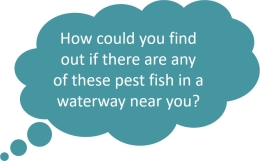
Didymo
Didymo is also known as 'rock snot'. It was recently discovered in New Zealand and so far has been found in several rivers in the South Island.
Where does it grow?
Didymo lives in flowing, clear, cool rivers. Blooms of didymo seem to occur most frequently in rivers with flow rates that are stable, due to human modification of the waterway (e.g. water diverted for a hydro scheme).
What damage could it do?
Very large blooms could change the trout habitat by smothering the stones and gravels that line riverbeds. This could stop large insects (mayflies, caddisflies, and stoneflies) from breeding and let smaller, less edible species like midges and snails increase, leading to a reduction in the average size and condition of trout, and possibly fewer of them. It may also harm river dwelling native birds and fish.
Stopping the spread
Getting rid of pest fish and plants is very difficult. The only solution is to keep them out. When ever you go into a new lake or river, always do the following:
Check: Check and remove any pieces of weed or fish eggs from gear that was used in the water – for example fishing rods, waders, togs, boats.
Clean: Soak your gear for one minute with a five percent detergent or two percent bleach solution.
Dry: Once dry, leave for another 24 hours.
